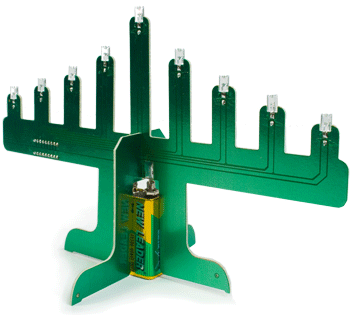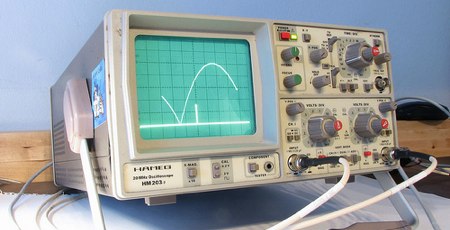
When the Bristlebots were released back in 2007 by Evil Mad Scientist Laboratories, we all thought they were pretty cool. Apparently someone at Klutz did too. They have released a book, with the title “Invasion of the BristleBots”. The bots seem to be identical and the name is identical. There is no mention of Evil Mad Scientist Laboratories anywhere in it. [Phillip Torrone] has attempted to contact Klutz and the book publisher Scholastic directly to find out more information.
[Windell] and [Lenore] from EMSL had this to say:
“This is the first that I’ve heard of it. Frankly, I am a bit offended. Klutz makes some nice things, and I’m surprised that they wouldn’t have contacted us, asked permission, or at least given us credit. (Locomotion by ratcheting bristles isn’t remotely new — it occurs in nature — but the name ‘Bristlebot’ is surely ours, and I don’t know of any prior implementation with a toothbrush.)”
You probably know EMSL from their other projects such as the Peggy and Meggy jr. How would you feel if a project you did was published without credit? Would you care or not?
















